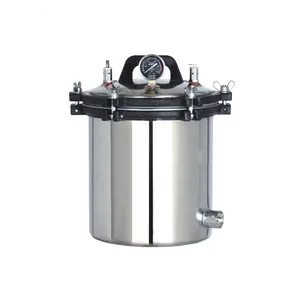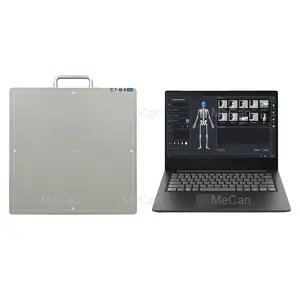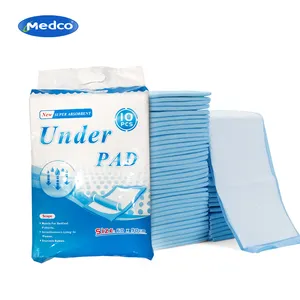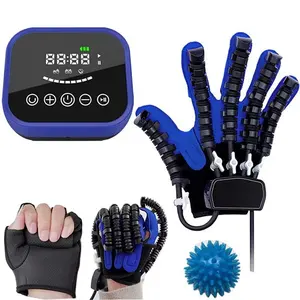Popular in your industry




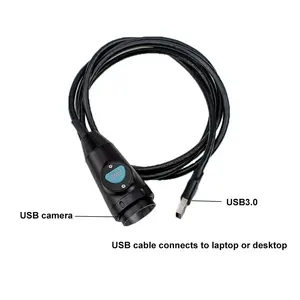























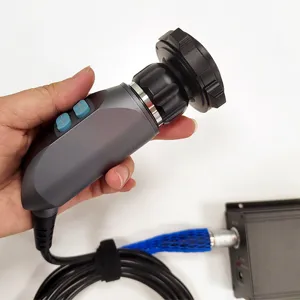





























Related Searches:



























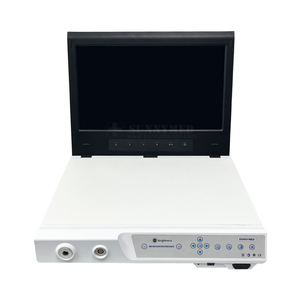


















































































































Top categories
About ent endoscopy camera
Introduction to ENT Endoscopy Cameras
ENT endoscopy cameras are specialized medical devices designed for visualizing and diagnosing conditions within the ear, nose, and throat. These cameras provide clinicians with a clear view of the internal structures, aiding in accurate assessments and facilitating a range of medical procedures.
Types and Applications
The ent endoscopy camera category encompasses various models, each tailored for specific applications. The ent nose camera is adept for nasal examinations, while the ent camera down throat is suited for laryngoscopic procedures. These devices are essential in diagnosing and treating ENT conditions, from routine check-ups to complex surgeries.
Features and Materials
These cameras are engineered with features that enhance visibility and patient safety. With advanced imaging capabilities, the endoscopy ent camera delivers clear, high-resolution images. The construction of these cameras often involves robust materials that ensure durability and adherence to stringent safety standards.
Advantages of Modern ENT Cameras
Modern ent endoscopy cameras offer a multitude of advantages, such as improved diagnostic accuracy and minimal invasiveness. The integration of cameras like the camera down nose and throat in ENT procedures has revolutionized patient care, allowing for more precise treatments with less discomfort.
Selection and Usage
Selecting the right nose and throat camera involves considering the specific needs of the medical practice. These cameras are designed for ease of use, with some models featuring additional functionalities like Bluetooth connectivity for seamless integration with other diagnostic equipment.
Ensuring Safe Usage
Safety is paramount when it comes to medical devices. ENT endoscopy cameras are accompanied by quality certifications, ensuring that they meet the necessary safety and usage standards. Their design takes into account both the well-being of the patient and the ergonomic needs of the practitioner.
